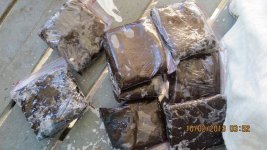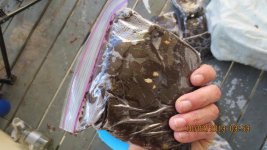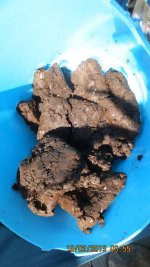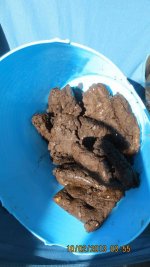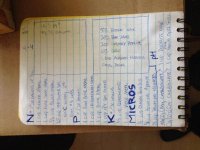AFAIK:
vermicompost is compost that has been worked by worms.
earth worm castings (EWC) are the finished aggregates left behind the exit end of the worm.
all vermicompost has EWC but it does not have to be 100% castings to be considered VC.
homemade FTW!
vermicompost is compost that has been worked by worms.
earth worm castings (EWC) are the finished aggregates left behind the exit end of the worm.
all vermicompost has EWC but it does not have to be 100% castings to be considered VC.
homemade FTW!



